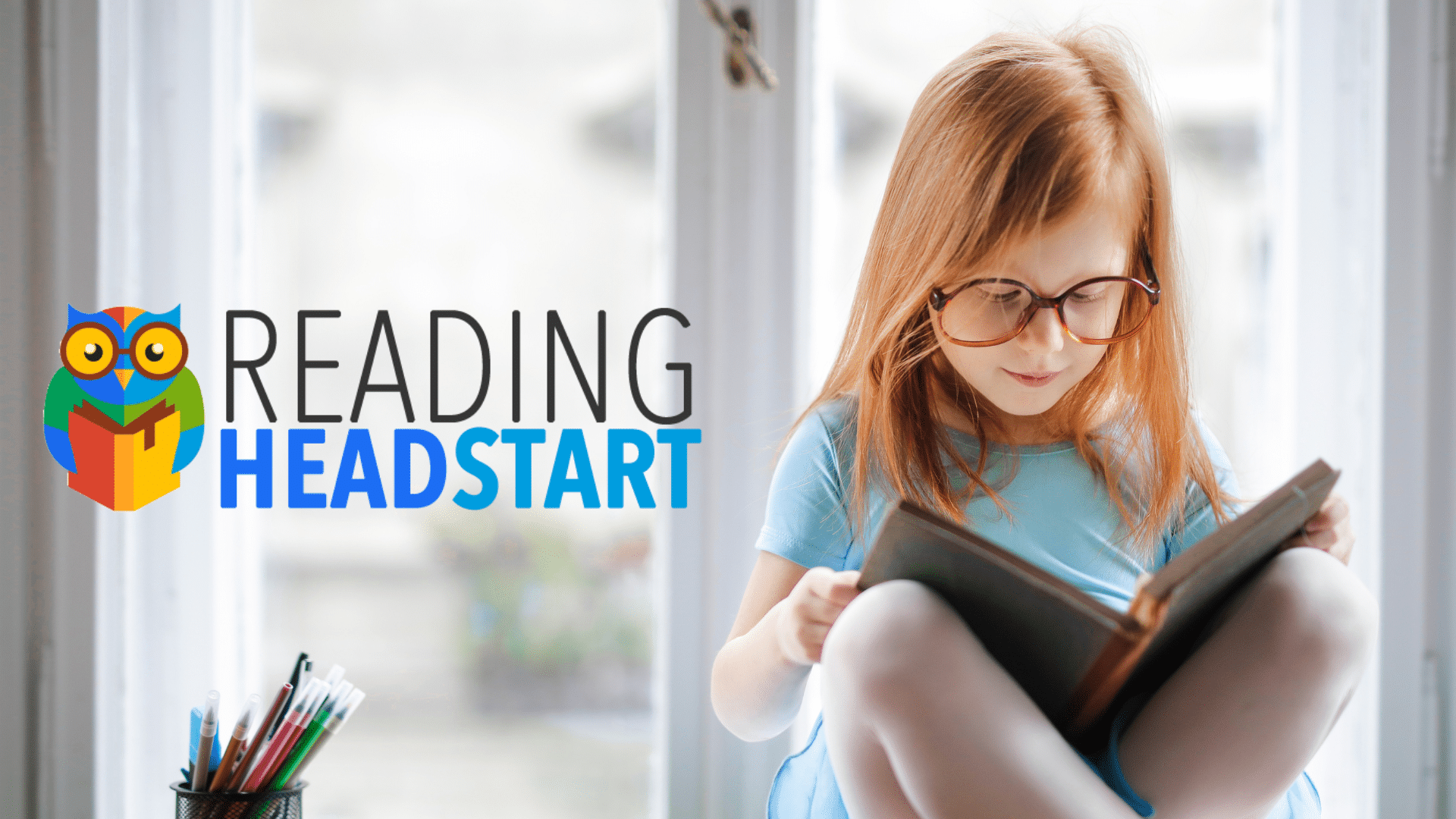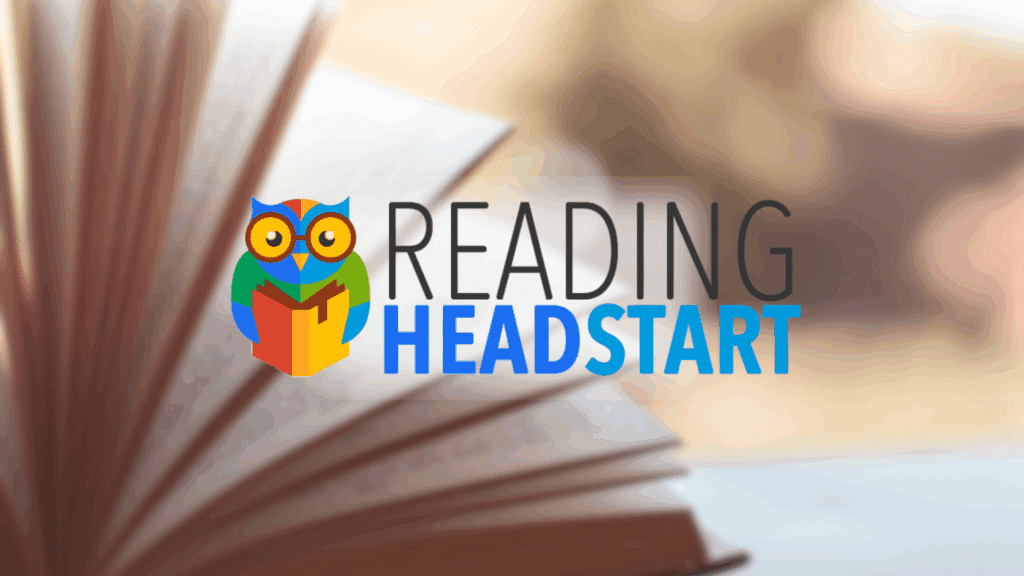Parents often worry about their children falling behind in reading skills. Many kids struggle with basic reading, causing concern for their future success.
Reading Head Start offers a possible solution to this common problem. This program claims to help children learn to read faster and with better comprehension than standard methods. It uses a step-by-step method that breaks down reading into small, manageable parts for young learners.
The program builds skills gradually, helping kids gain confidence as they progress.
Want to know if this program actually works for real families? This blog post will explain what the program includes, how it functions, and whether it’s beneficial for your kid.
What is Reading Head Start?

Reading Head Start is a learning program for children aged 2 to 9 created by Sarah Shepard, an English teacher and parent.
The main aim of the program is to help children improve their reading skills, feel more confident about themselves, and understand what they read.
What makes this program stand out is that it doesn’t use old teaching methods. Instead, it focuses on teaching through phonics, which helps kids learn how sounds match with letters. This method tries to make reading less hard and more fun for young ones.
The good thing about it is that it’s all online. Parents can help their kids learn right at home. You don’t need to sign up for classes or drive to a tutor. The lessons are made to fit into a busy family’s day.
With this setup, kids can learn at their own speed and get more help from their parents.
How Does Reading Head Start Work?
This program splits into 4 key levels. Each level has 5 weekly lessons, making it easy to track your child’s growth. The program keeps things fresh by mixing up the way kids learn.
A typical week in the program includes:
- Short videos that teach new ideas
- Fun worksheets to check learning
- Games that make reading skills stick
- Simple reading tasks with clear goals
The time needed isn’t too much, just 15 to 30 minutes each day, three days a week. This works well with busy family lives and young kids’ short attention spans.
Parents play a big role in this program. You’ll need to sit with your child, help them follow the lessons, and give praise when they do well. The program gives you all the tools you need, so you don’t have to be a teaching pro. Your main job is to be there and help when needed.
Key Features of the Reading Head Start Program
It offers several helpful features that make learning to read easier for children. The program uses lessons built for each age group, so your child gets the right level of challenge.
- Fun learning activities: make reading feel like play instead of work. Kids enjoy games, rhymes, and word-matching tasks that teach important skills.
- Printable worksheets: let your child practice away from screens. You can download these materials and use them anywhere, even when you’re not online.
- Learn at your own pace: means no pressure or strict schedules. Your family can fit lessons around your own timetable and take breaks when needed.
- Works with different learning styles: so whether your child learns better by seeing, hearing, or doing, this program has something that fits their needs.
- The main program includes extra helpful materials: including quick tips for reading hard words and lists of common words to recognize by sight.
Is the Program Worth It or Not?
Reading head start program comes with several advantages that make it a popular option for parents looking to improve their child’s reading.
However, it also has a few drawbacks that may affect how well it fits into your home routine. Here’s a closer, balanced look:
| Criteria | Pros | Cons | Verdict |
|---|---|---|---|
| Program Focus | Phonics-based helps with word decoding. | Not for children with advanced skills. | Ideal for beginners. |
| Age Range | Suited for 2-7 years old. | Not for older kids. | Great for early learners. |
| Ease of Use | Interactive, user-friendly. | Some may struggle with tech. | Convenient and engaging. |
| Content Quality | Structured, science-backed curriculum. | Limited lesson details. | High quality, more depth needed. |
| Customer Reviews | Mostly positive feedback. | Mixed results for older children. | Generally positive. |
| Pricing | Discounted, affordable. | It can be expensive for some. | Worth it for early education. |
| Support | Good guidance and resources. | Limited tech support. | Adequate support. |
| Effectiveness | Improves reading skills. | Results vary by child. | Effective for many. |
How to Get Started with This Program
First, visit their official website, where you’ll find a sign-up page. You’ll need to create an account with your email address and pick a payment plan.
The program offers three options: monthly access, yearly access, or lifetime access.
The annual plan gives you the best value for money compared to monthly payments. New users often get access to a trial period at a reduced price.
After signing up, you’ll get instant access to all program materials plus some free extras. These extras usually include bonus guides about reading shortcuts and special word lists.
When you first log in, you’ll see clear directions on how to begin with Level 1. The site walks you through setup steps before you start teaching your child.
The dashboard makes it easy to track progress through each stage of the program.
Ways Parents Can Help Kids Succeed with Reading: Head Start

Parents play a crucial role in helping their children succeed with the program. By making reading important at home, parents boost their children’s learning in the program.
The more involved you are, the better your child will do with the program. Your interest shows them that reading matters. Here are ways to support your child’s reading progress:
- Read together daily: Set aside 15-20 minutes each day to read with your child.
- Be patient: Learning to read takes time. Praise effort, not just results.
- Create a reading spot: Make a cozy place at home just for reading books.
- Follow program steps: Do the activities in order as they build upon each other.
- Make it fun: Turn reading into games rather than making it feel like work.
- Use everyday chances: Point out words on food boxes, signs, and labels.
- Ask questions: Talk about stories to build thinking skills.
Final Verdict
Reading Head Start offers a solid way to teach reading skills at home. The program works well for parents who want a clear plan to follow with their young readers.
Its strength lies in the step-by-step method and focus on phonics. The cost is much lower than that of tutors, while it gives parents all the tools they need to guide their child.
Remember that this program needs your time and effort as a parent. Your role matters just as much as the lessons themselves.
It provides good value for families looking to build reading skills early. The risk-free trial gives you time to see if it works for your child before fully committing.


















